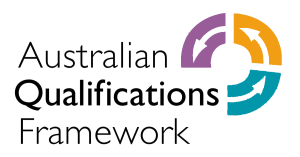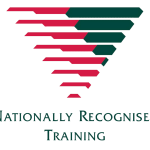Welcome to the exciting world of cleaning operations! If you’re ready to take your cleaning skills to the next level, the Certificate III in Cleaning Operations at BSI Learning is the perfect program for you.
This comprehensive course is designed to give you the practical skills and knowledge you need to excel in the cleaning industry. You’ll learn the latest cleaning techniques and strategies, as well as how to use the most cutting-edge cleaning equipment and technologies.
But this program isn’t just about learning how to clean better. You’ll also gain a deeper understanding of the cleaning industry as a whole, including the regulatory and safety requirements that you need to adhere to in order to provide top-quality service to your clients.
What’s more, this program is delivered by experienced instructors who are passionate about the cleaning industry. They’ll work with you every step of the way to help you achieve your goals and build the skills and confidence you need to succeed.
So whether you’re just starting out in the cleaning industry or looking to take your career to the next level, the Certificate III in Cleaning Operations at BSI Learning is the perfect program for you. Sign up today and get ready to make your mark in this exciting and dynamic field!
This qualification is for those who want to gain general industry skills and knowledge to provide high quality cleaning services in a range of industry contexts. It reflects the role of cleaners operating in a range of general residential and commercial settings who may work alone or under supervision. It is also for those employed in the industry who are seeking to have their skills and knowledge recognised.
14 units of competency are required to complete the qualification consisting of 5 cores and 9 electives as shown below, delivered over 3-6 months (depending on learner experience and existing qualifications). It is delivered using a combination of virtual classroom sessions, role plays/simulations, practical demonstrations, and self-directed learning (that may include readings, workplace activities, work related projects).
Learner Guides and Assessments are provided to all learners.
It is expected that applicants will have access to a workplace to complete their practical activities. Practical elements may also be undertaken using simulated activities.
Assessment includes written assessments (at the conclusion of each unit), completion of an on-job log book, and practical demonstrations / observations.
There are no entry requirements but it is expected that learners will be able to read, speak, comprehend and write English to a level required in the workplace. This is screened during the enrolment process.
Successful completion of all units of competency will result in the award of a nationally recognised CPP30316 Certificate III in Cleaning from the Property Services Package. Participants who do not successfully complete the full program will be issued with a nationally recognised Statement of Attainment for any of the unit/s of competency they have been deemed competent in. Recognition is available for this qualification – see the Participant Handbook or the Recognition Process page for more information.
This training is subsidised by the NSW Government under Smart & Skilled (NSW residents only). For more information and eligibility requirements see https://www.bsilearning.edu.au/funded-training/smart-and-skilled.





